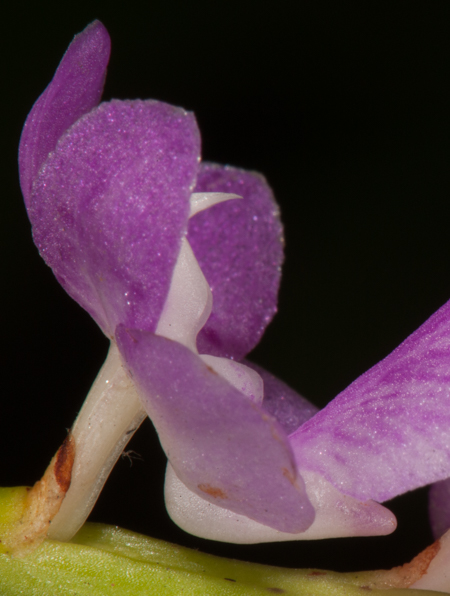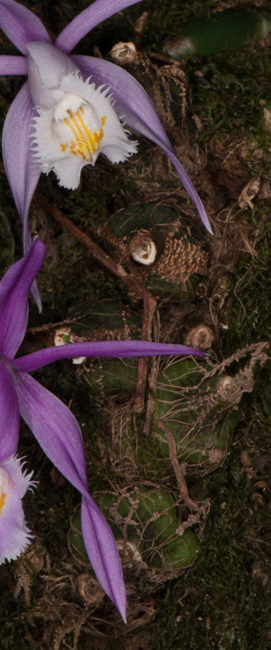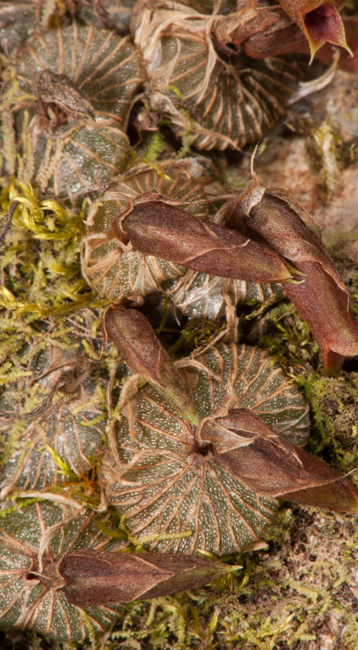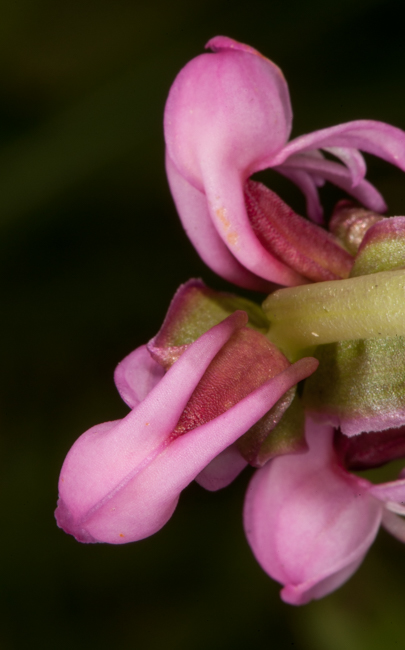In resupinate orchid flowers, when buds are formed they are upside down – meaning the lip and spur (if present) are on top side of the bud. As the buds develop, the pedicel twists either clockwise or anti-clockwise to invert the bud, thus arranging the lip and spur to the bottom side of the flower. This arrangement helps visiting pollinators.
(Note: Pics of spurred buds are used to make the lesson more easier).


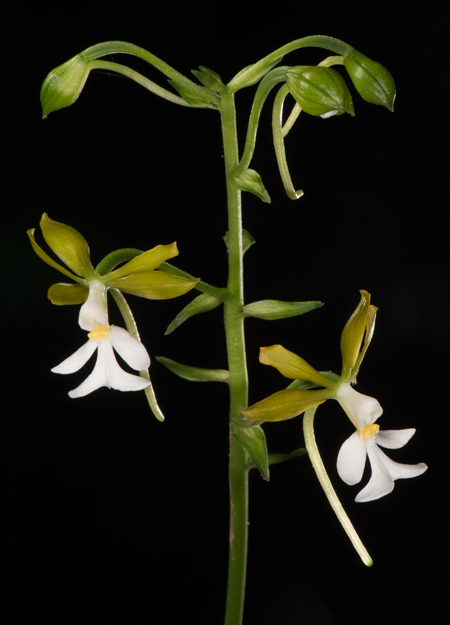
Post 16 – 01/October/2020
